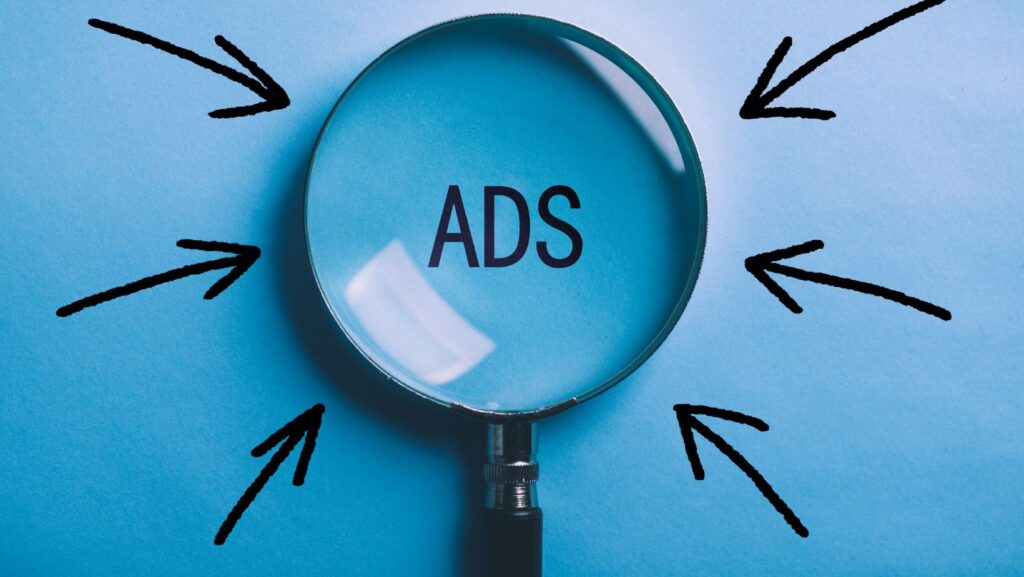In the competitive world of digital marketing, businesses are constantly searching for ways to improve their return on investment (ROI). Pay-per-click (PPC) advertising plays a crucial role in driving traffic and generating conversions, and Bing Ads has emerged as a powerful platform for businesses looking to expand beyond Google Ads. However, to truly maximize your campaigns, implementing Bing conversion tracking is essential.
Conversion tracking allows advertisers to measure and optimize their campaigns, ensuring that their ad spend translates into tangible results. In this comprehensive guide, we’ll explore the best strategies to set up and enhance your Bing conversion tracking for better performance.
Why Conversion Tracking is Crucial in Bing Ads
Before diving into the strategies, let’s understand why conversion tracking is indispensable:
- Measures Success: It helps you determine whether your ads are leading to valuable customer actions like purchases, sign-ups, or downloads.
- Optimizes Budget Allocation: By analyzing conversion data, you can allocate more budget to high-performing campaigns and reduce spend on ineffective ones.
- Improves Ad Performance: Data-driven insights allow you to refine your ad copy, landing pages, and bidding strategies.
- Enhances Customer Journey Understanding: Knowing how users interact with your ads helps in optimizing the customer journey and improving the user experience.
Without proper conversion tracking, your Bing Ads campaigns are running blind, making it difficult to gauge performance and improve results.
Setting Up Bing Conversion Tracking
Install the UET Tag Correctly
The Universal Event Tracking (UET) tag is the foundation of conversion tracking on Bing Ads. It records user activity and provides valuable insights into customer behavior.
Steps to Install UET Tag:
- Step 1: Log in to your Microsoft Advertising account.
- Step 2: Navigate to Tools > Conversion Tracking > UET Tags.
- Step 3: Click Create UET Tag, give it a name, and save it.
- Step 4: Copy the script and place it in the <head> section of all pages on your website.
- Step 5: Use Bing Tag Helper to verify if the tag is active.
A properly installed UET tag is essential for tracking conversions accurately.
Define Your Conversion Goals
Once your UET tag is in place, you need to create conversion goals based on the key actions you want to track.
Common Conversion Goals:

- Purchase Tracking: For eCommerce businesses, tracking completed sales is critical.
- Lead Generation: If your objective is to capture leads, track form submissions and sign-ups.
- App Installs: Track mobile app installations driven by your ads.
- Custom Events: Measure any other user interactions, such as time spent on a page or button clicks.
To set up conversion goals:
- Go to Conversion Tracking in Bing Ads.
- Click Create Conversion Goal and select the goal type.
- Set up goal details and link it to your UET tag.
Tracking the right conversions is essential to understanding campaign performance.
Advanced Bing Conversion Tracking Strategies
Once the basics are covered, it’s time to take your Bing conversion tracking to the next level.
Use Offline Conversion Tracking
Not all conversions happen online—some leads convert over the phone, via email, or through in-person visits. Bing’s Offline Conversion Tracking allows you to import these conversions into your campaign analytics.
How to Implement Offline Conversion Tracking:
- Enable Auto-Tagging in Bing Ads to track Click ID (MSCLKID).
- Store the MSCLKID when a user fills out a form or makes an inquiry.
- When the conversion happens offline, upload the data to Bing Ads.
This ensures that your analytics reflect all conversions, not just online actions.
Leverage Enhanced Conversions for Better Attribution
Enhanced conversions help improve attribution by utilizing first-party customer data (like emails and phone numbers) to track conversions more accurately.
Benefits of Enhanced Conversions:
- Improves match rates for conversions that otherwise go undetected.
- Helps in tracking cross-device and cross-browser interactions.
- Increases the accuracy of conversion tracking.
To enable enhanced conversions, businesses must ensure compliance with data privacy regulations like GDPR and CCPA.
Implement Value-Based Bidding
Not all conversions hold the same value. Instead of tracking generic conversions, assign different values to conversions based on revenue impact.
How to Use Value-Based Bidding:
- Assign different values to different conversion actions (e.g., high-value customers get priority).
- Use Target ROAS (Return on Ad Spend) to optimize for the highest revenue-generating conversions.
- Analyze past conversion data to identify trends and refine bidding strategies.
This approach ensures that your campaigns focus on the most valuable customers, rather than just increasing conversion count.
Track Cross-Device Conversions
Modern customers interact with ads across multiple devices before converting. Bing’s Cross-Device Tracking ensures you capture every touchpoint.
Best Practices for Cross-Device Tracking:
- Ensure your UET tag is installed site-wide.
- Analyze cross-device paths in Bing Ads analytics.
- Use remarketing to target users who switched devices before converting.
By understanding user behavior across devices, you can optimize your ad placements more effectively.
Utilize Custom Audiences for Smarter Targeting
Bing allows advertisers to create Custom Audiences to target high-intent users based on previous interactions.
How to Build Custom Audiences:

- Use Customer Match to target users based on uploaded customer data.
- Create Remarketing Lists for users who visited specific pages but didn’t convert.
- Utilize In-Market Audiences to target users actively researching similar products.
This strategy ensures that your conversion tracking focuses on high-quality leads rather than generic traffic.
Optimizing Campaigns Based on Conversion Tracking Data
Once your Bing conversion tracking is properly implemented, use the insights to optimize your campaigns.
A/B Test Different Ad Variations
Use conversion data to test different ad copies, images, and call-to-actions (CTAs). Keep refining your ads to maximize conversions.
Adjust Bidding Strategies Based on Conversion Trends
Analyze historical data and switch to automated bidding strategies like Maximize Conversions or Target CPA for improved results.
Refine Landing Pages to Improve Conversion Rates
A poorly optimized landing page can waste ad spend. Use conversion tracking data to identify high-exit pages and optimize them for better user experience.
Reduce Wasted Ad Spend by Filtering Low-Quality Clicks
Use negative keywords to prevent irrelevant clicks and location targeting to focus on high-performing areas.
Conclusion
Effective Bing conversion tracking is crucial for maximizing the success of your PPC campaigns. By implementing UET tags, defining conversion goals, and utilizing advanced tracking techniques like offline conversions, enhanced attribution, and value-based bidding, you can ensure that every dollar spent is optimized for maximum ROI.
Leveraging these strategies will provide deeper insights into customer behavior, helping you make data-driven decisions that drive real business growth.
By continuously testing, refining, and adapting your campaigns based on conversion data, you can enhance your Bing Ads performance and stay ahead of the competition.
Now that you understand the best Bing conversion tracking strategies, it’s time to implement them and see improved campaign results!


More Stories
Cloudysocial.com: Revolutionizing Social Media Management
CloudySocial Minison: A Game-Changer for Social Media Management
Crew.CloudySocial.com: An Overview